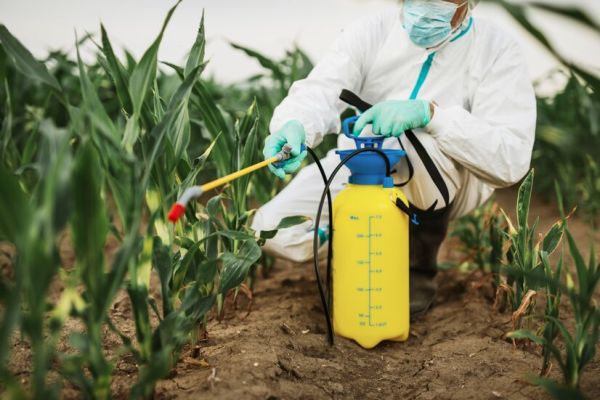
This is a sustainable, effective approach to manage pests by monitoring, understanding their biology and environment and using a combination of biological, cultural, mechanical, and selective chemical methods as a last resort. The goal of IPM is to maintain pest populations at tolerable, economically justifiable levels with minimal risk to human health and the environment.